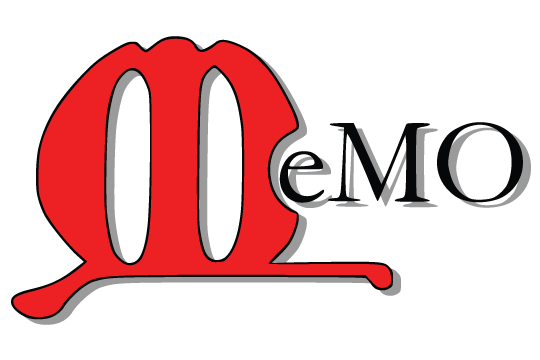Enter the Dutch name of the religious or ecclesiastical community/institution if you wish to find objects that were probably originally placed here. Alternative names are also provided for, such as St. Maartenskerk (Domkerk). When entering ‘Sint’ before a name, abbreviate to ‘St.’.
If the original institution is your point of departure, you are advised to use the Institutions database, since it has specified search options concerning the original institution.
This field uses AJAX technology, which may help you find the names used in the database. Note that you may get no results even if the name you have entered pops up in the search field. In that case there is no object known from this institution, but the database has connected this institution with a text carrier.
Click the plus icon if you wish to add another name. Click the minus icon to remove a selected name. Click the question mark to close this help text.
